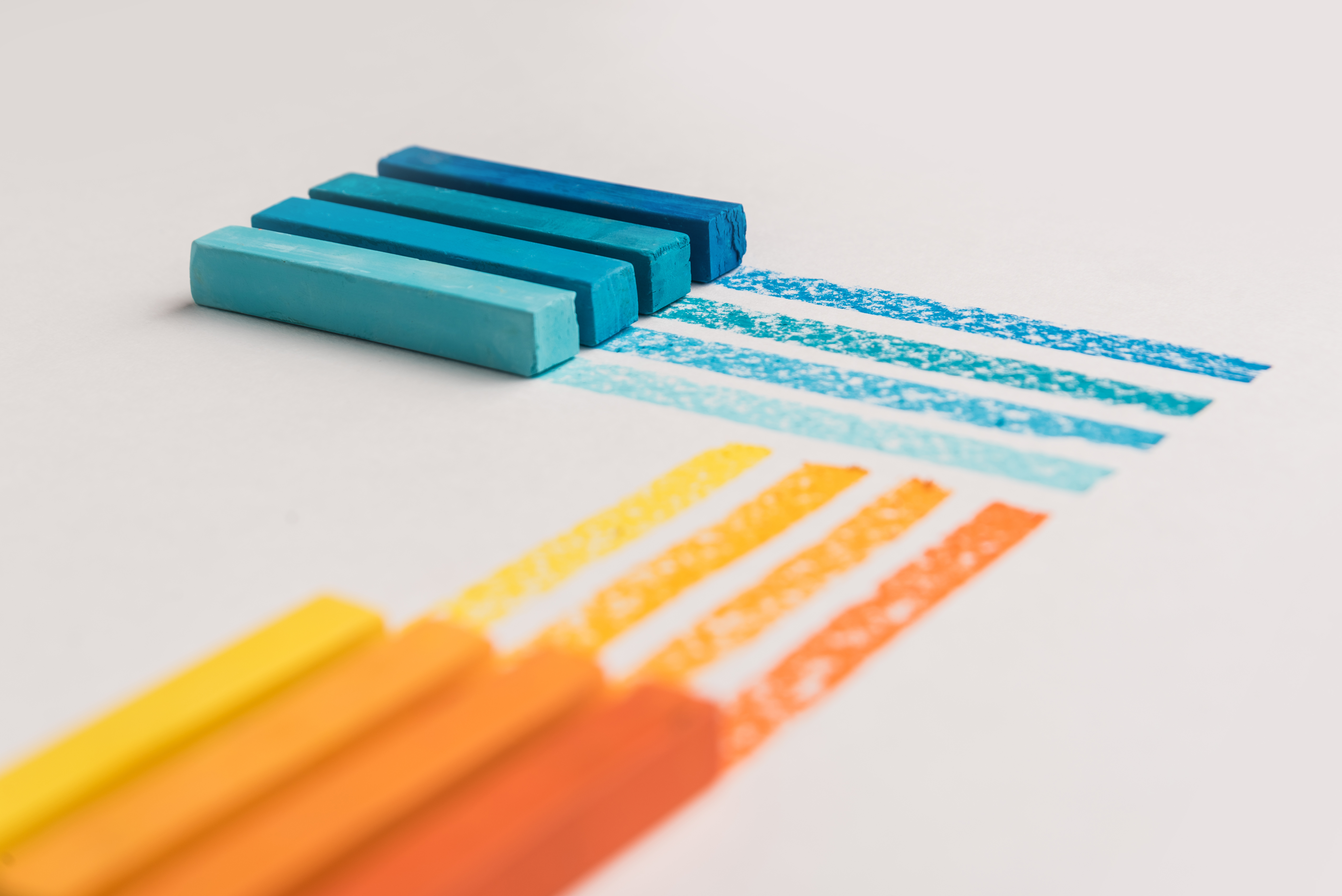non-iterative process, you and your team would work together to come up with a final product without necessarily trying new ideas along the way. Typically, non-iterative processes require more time during the conceptualization and creation phase, so that everything works as intended during the testing phase.
Waterfall is the most common non-iterative process. In the waterfall model, you and your team will define project phases before the project starts. Each phase begins once a previous phase is completed in its entirety. Requirements and resources will typically be locked before a project begins, and the team avoids changing the project plan as much as possible.
For example, imagine you’re working with a design agency to create an ebook. You first need to provide all of the copy for the ebook. Then, the design agency will take that copy and create designs. Finally, your internal team will copyedit the designed ebook to make sure everything looks ok. This is an example of the waterfall model because each phase relies on the previous step (i.e. you can’t copyedit the designed ebook until it’s been designed).
Depending on the team you’re on and the type of projects you run, non-iterative processes can be challenging because they don’t build in time for your team to iterate and continuously improve. Because there are so many unknowns and surprises in engineering, engineering teams in particular tend to use iterative processes instead of non-iterative ones, but any team can benefit.


